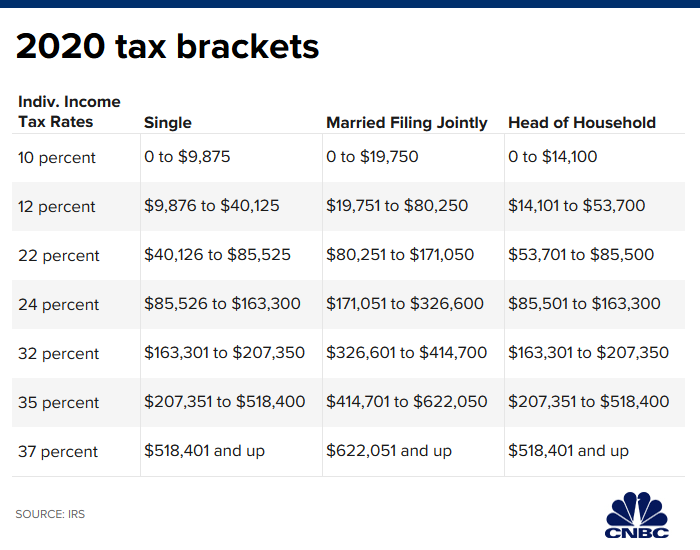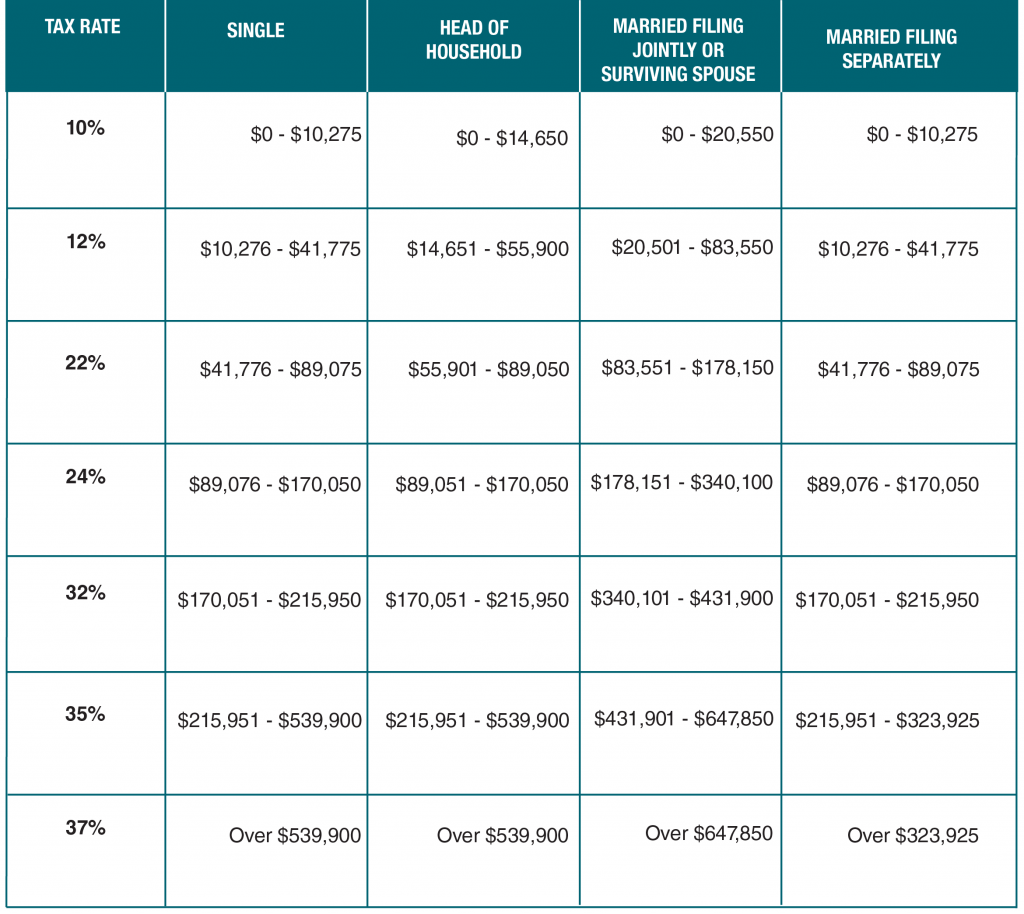

For tax year 2023, the foreign earned income exclusion is $120,000 up from $112,000 for tax year 2022.For family coverage, the out-of-pocket expense limit is $9,650 for tax year 2023, an increase of $600 from tax year 2022. For tax year 2023, for family coverage, the annual deductible is not less than $5,300, up from $4,9 however, the deductible cannot be more than $7,900, up $500 from the limit for tax year 2022. For self-only coverage, the maximum out-of-pocket expense amount is $5,300, up $350 from 2022. For tax year 2023, participants who have self-only coverage in a Medical Savings Account, the plan must have an annual deductible that is not less than $2,650, up $200 from tax year 2022 but not more than $3,950, an increase of $250 from tax year 2022.For cafeteria plans that permit the carryover of unused amounts, the maximum carryover amount is $610, an increase of $40 from taxable years beginning in 2022. For the taxable years beginning in 2023, the dollar limitation for employee salary reductions for contributions to health flexible spending arrangements increases to $3,050.For tax year 2023, the monthly limitation for the qualified transportation fringe benefit and the monthly limitation for qualified parking increases to $300, up $20 from the limit for 2022.

The revenue procedure contains a table providing maximum EITC amount for other categories, income thresholds and phase-outs. The tax year 2023 maximum Earned Income Tax Credit amount is $7,430 for qualifying taxpayers who have three or more qualifying children, up from $6,935 for tax year 2022.

The 2022 exemption amount was $75,900 and began to phase out at $539,900 ($118,100 for married couples filing jointly for whom the exemption began to phase out at $1,079,800).
The Alternative Minimum Tax exemption amount for tax year 2023 is $81,300 and begins to phase out at $578,150 ($126,500 for married couples filing jointly for whom the exemption begins to phase out at $1,156,300). The lowest rate is 10% for incomes of single individuals with incomes of $11,000 or less ($22,000 for married couples filing jointly). 12% for incomes over $11,000 ($22,000 for married couples filing jointly). 22% for incomes over $44,725 ($89,450 for married couples filing jointly). 24% for incomes over $95,375 ($190,750 for married couples filing jointly). 32% for incomes over $182,100 ($364,200 for married couples filing jointly). 35% for incomes over $231,250 ($462,500 for married couples filing jointly). Marginal Rates : For tax year 2023, the top tax rate remains 37% for individual single taxpayers with incomes greater than $578,125 ($693,750 for married couples filing jointly). For single taxpayers and married individuals filing separately, the standard deduction rises to $13,8, up $900, and for heads of households, the standard deduction will be $20,800 for tax year 2023, up $1,400 from the amount for tax year 2022. The standard deduction for married couples filing jointly for tax year 2023 rises to $27,700 up $1,800 from the prior year. The tax items for tax year 2023 of greatest interest to most taxpayers include the following dollar amounts: The tax year 2023 adjustments described below generally apply to tax returns filed in 2024. Highlights of changes in Revenue Procedure 2022-38 The applicable dollar value used to determine the increased deduction amount for certain property is $2.68 increased (but not above $5.36) by $0.11 for each percentage point by which the total annual energy and power costs for the building are certified to be reduced by a percentage greater than 25 percent. For tax year 2023, the applicable dollar value used to determine the maximum allowance of the deduction is $0.54 increased (but not above $1.07) by $0.02 for each percentage point by which the total annual energy and power costs for the building are certified to be reduced by a percentage greater than 25 percent. The Inflation Reduction Act extended certain energy related tax breaks and indexed for inflation the energy efficient commercial buildings deduction beginning with tax year 2023. #US FEDERAL TAX BRACKETS REVENUE PDF#
Revenue Procedure 2022-38 PDF provides details about these annual adjustments. WASHINGTON - The Internal Revenue Service today announced the tax year 2023 annual inflation adjustments for more than 60 tax provisions, including the tax rate schedules and other tax changes.







 0 kommentar(er)
0 kommentar(er)
